Edge Magazine Presents: Game Changers – Sony invents the PlayStation
Edge magazine relives the original PlayStation launch as they reported it 26 years ago, reflecting on a console debut that rewrote the future of video-games
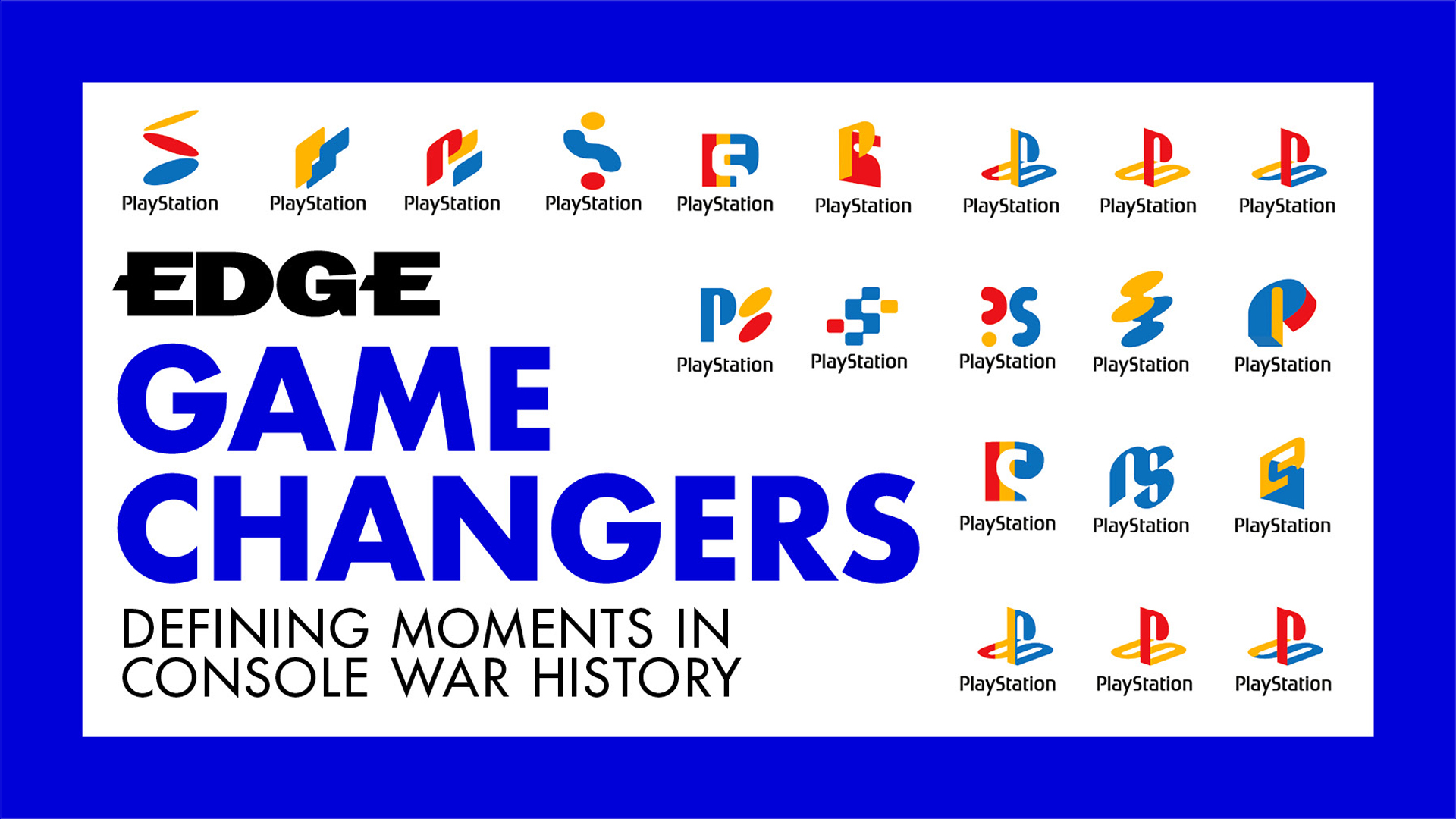
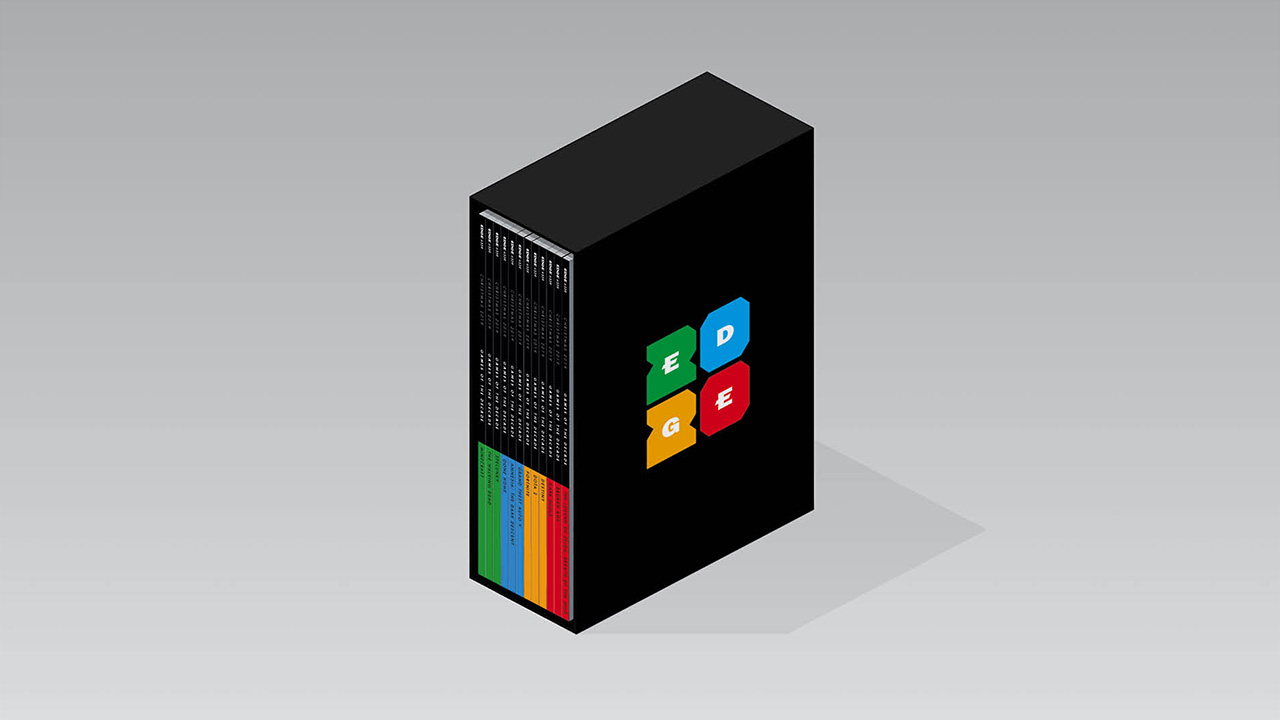
Presented by Edge magazine, Game Changers is a new editorial series that dives deeper into pivotal moments from console war history, from the original PlayStation launch in 1994, to Xbox’s billion-dollar red ring of death rescue plan. Each episode recaps the industry at the time (The Background), replays key moments as Edge magazine reported them (The Moment), delivers present-day interviews with those involved (The Inside Story) and considers the event's historical impact (What Happened Next?). A new episode of Game Changers will debut at 5pm GMT / 1pm EDT every day this week.
Over the past 26 years, Sony has sold close to 550 million consoles and handhelds under the PlayStation brand name. In context, that’s around 1.7 consoles for every single person living in North America today.
As PS5 prepares for its November 12 launch, it’s tempting to view the PlayStation’s success as a form of done deal. There was a moment, of course, when the PlayStation didn’t even bear its familiar name, and was yet to sell a single console, as it prepared to enter a market dominated by Sega and Nintendo.
This story takes us back to the late 80s as Sony chairman Ken Kutaragi watches his daughter play the Nintendo Famicom, to the creation of a new business unit within one of Japan’s most venerable technology firms, to the night a group of Sony executives assembled to decide PlayStation’s jaw-dropping $299 US launch price ahead of E3 1995.
Respected UK games publication Edge reported PlayStation’s launch as it happened. We’ll relive the highlights of those early years in the article to follow, before catching up with former PlayStation director of product development, Phil Harrison, to look back on the moments that shaped the console’s formidable legacy, as he remembers it from the time.
The Background: How did the video-game market look before the launch of PlayStation?
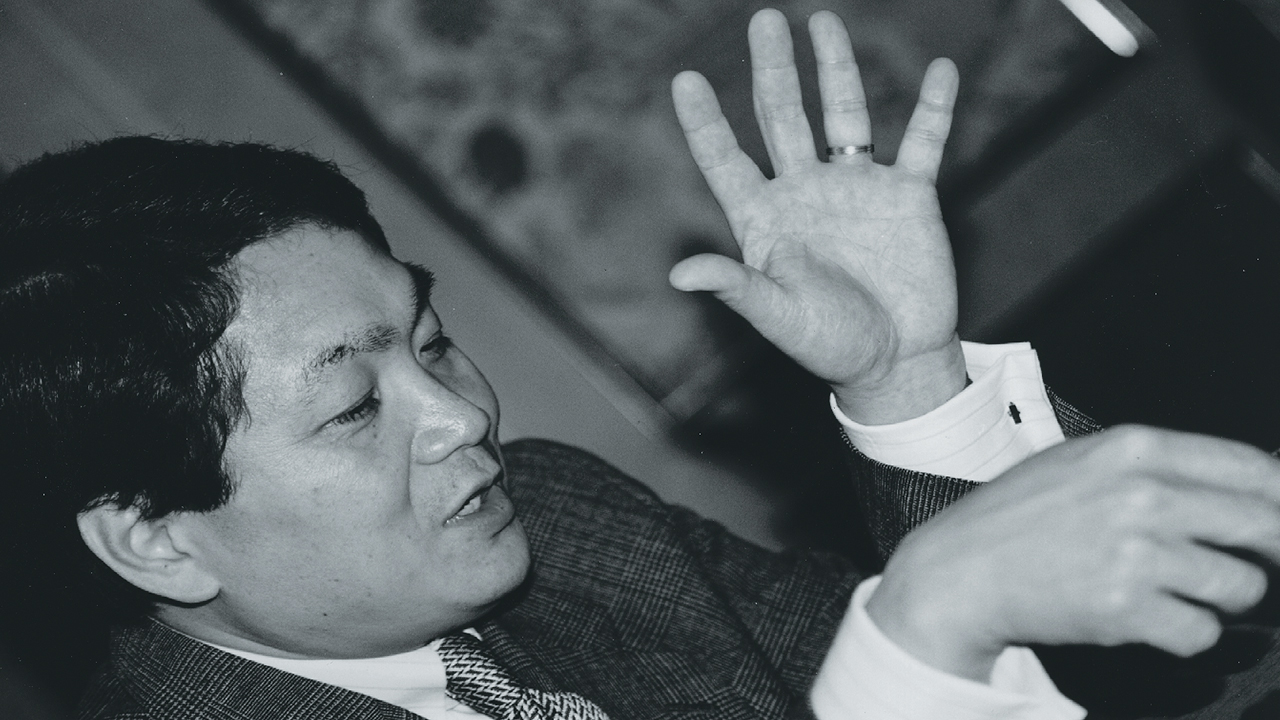
Ken Kutaragi, the ‘father of the PlayStation’ and former chairman of Sony Computer Entertainment, used to watch his daughter play on Nintendo’s Famicom (AKA NES outside of Japan). From then on, Sony was on a collision course with videogames that almost came to fruition in the form of a joint venture with Nintendo, creating a system that reconfigured the SNES architecture to work with a CD drive. (An unreleased prototype has famously done the rounds in recent years, culminating in a $360,000 sale at auction.)
This so-called “Play Station” was to be announced at CES in 1991, but the project was cancelled by Nintendo management following contractual and licensing issues, only to be resurrected in a different form, under a new contract giving it more control, with Philips. Annoyed, Sony considered an alliance with Sega before going it alone, changing its approach from Nintendo-style 2D sprites to full-blown 3D graphics following the success of Sega’s Virtua Fighter in the arcades. As the PlayStation project moved forward, the Nintendo/Philips deal would ultimately come to nothing (unless you count a couple of licensed Zelda games described in the pages of Edge as “tantamount to blasphemy”).
Also committed to the next-generation hardware race were Sega, with its 32-bit Saturn, and Nintendo, with a cartridge-based 64-bit console. Prior to the entry of Sony and Microsoft, Nintendo and Sega had been the uncontested industry leaders in console manufacturing since the mid-’80s, creating a tough backdrop for an unproven player attempting to break into the market. But Sony would not be deterred.
The Moment: What did Edge magazine have to say about the PlayStation launch in 1994?
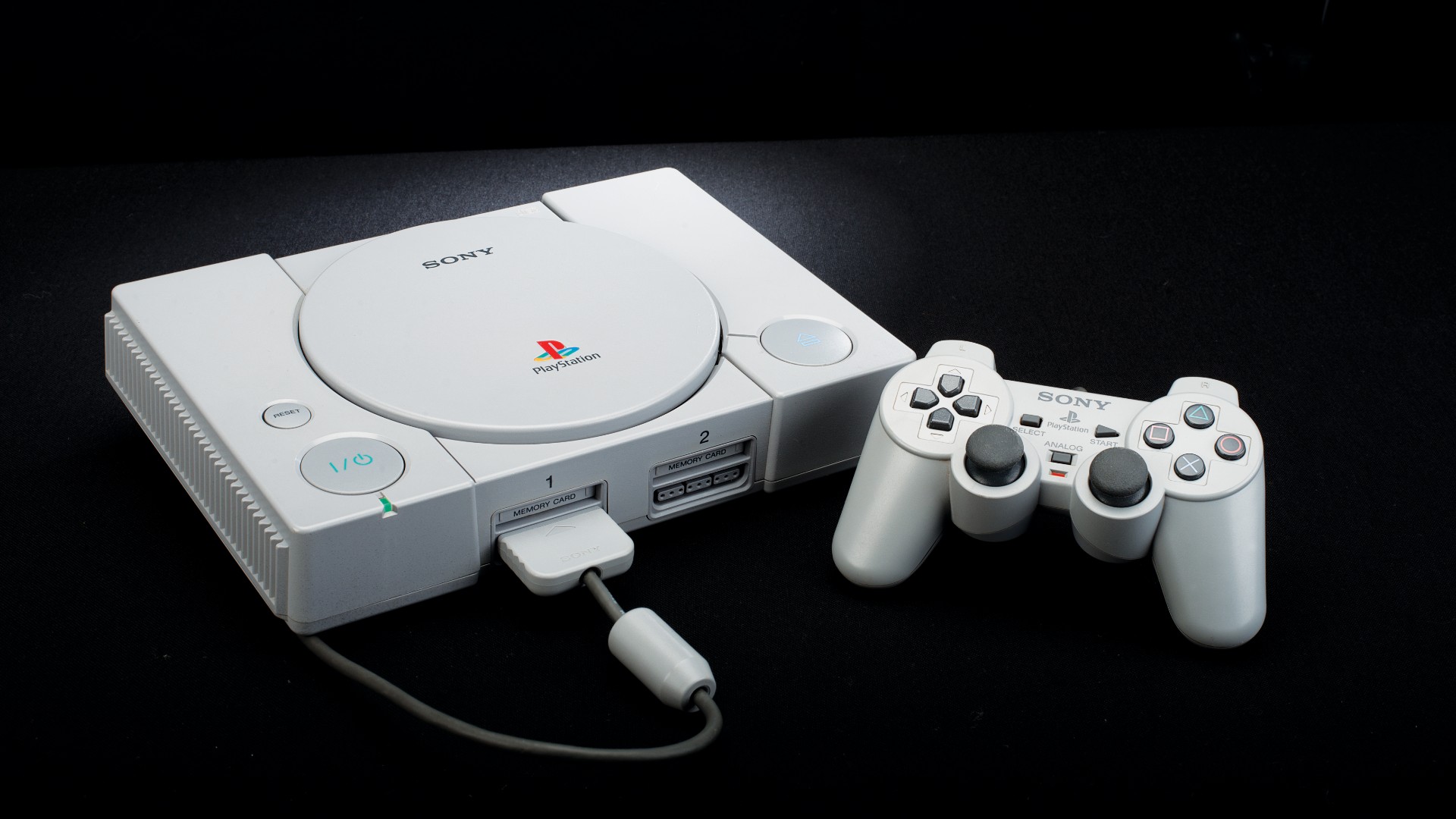
May 1994, and Sony’s console didn’t have an official name. “PS-X is just the project name, [with the true] name of the console expected to be released to the Japanese press soon,” reported a breathless correspondent in Edge issue 8. The magazine had confidential details to share, and it wasn’t going to let anything get in its way.
“Sony has delivered development hardware and tools,” it continued, and “two of the first companies to receive kits are Capcom and Konami, who are under contract to get software ready in time for the launch”. There was little sign, six months before launch, of the revolution PlayStation would bring to the videogame industry, as elsewhere in the issue contemporary consoles such as the 3DO and CD32 were being appraised. One story features Sony’s Phil Harrison, floating the idea that advertisers could pay him to access his ‘multimedia space’ and that his computer and TV should be one unit that only shows the programmes he wants. Not content with predicting Netflix, he goes on to tell the government to stop meddling with the Digital Information Super-Highway, and also feels that people should stop inventing buzzphrases such as Digital Information Super-Highway.
Back to the PlayStation launch, and in issue 9 Edge had screenshots, snatched from late-night Japanese TV, of what its games might look like. In the demo – either called Legend or Labyrinth, but doomed never to make it into a full game – a monster, a cross between Silent Hill’s Pyramid Head and a dragon, walks down a hallway, looking low-res but possibly slightly better than actual PlayStation games would eventually look. Excitement intensified, but Edge’s tongue was surely in its cheek when it suggested that the console’s real name might be “Sony GameMan”.
Sign up to the GamesRadar+ Newsletter
Weekly digests, tales from the communities you love, and more
It wasn’t until issue 11, August 1994, that Edge got the PlayStation hardware onto its cover, although it insisted on still calling it “PS-X” (at least it wasn’t GameMan). Following the unveiling of the machine at the Tokyo Toy Show, Edge was utterly convinced: “Anyone who’s seen the PS-X doing its thing will need no convincing that it is the most powerful games system there has ever been.” Just a month later, Nintendo’s N64 would show its face, but for now Edge wondered “if this could be the start of something really big”.
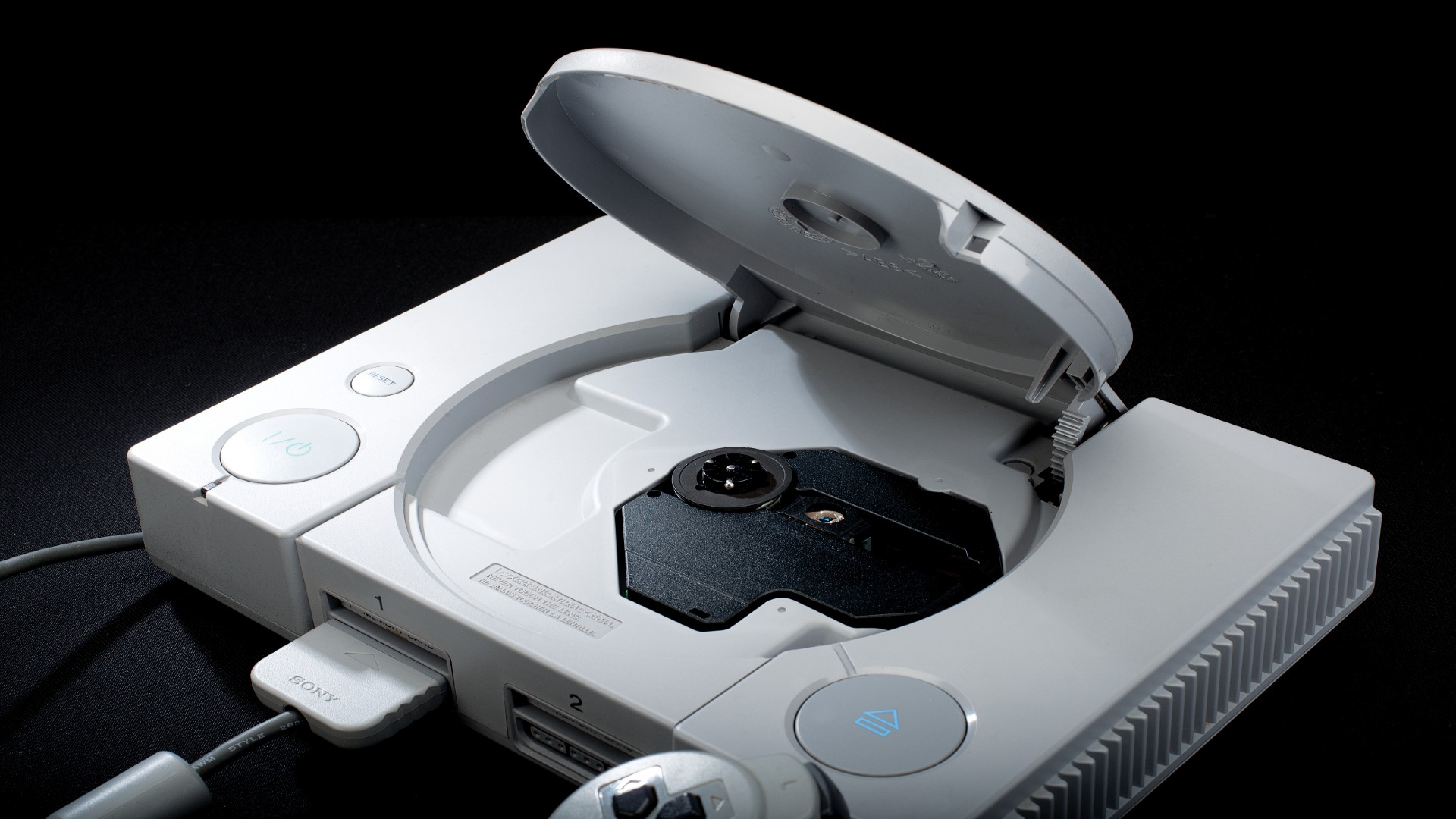
"In almost every respect, the PlayStation has surpassed people’s expectations.”
Edge Magazine, 1994
Sony was keeping the price of its new console a secret for now, though, with ‘insiders’ quoted as saying it would be less than £300, in order to target the key 12–22 age group. In issue 13, a Sony spokesman told the magazine “it will be less than ¥50,000 [£320], and not close to ¥50,000”.
The GameMan name resurfaces again in Edge 17, which features another PlayStation cover following the console’s Japanese launch. Apparently, Sony had been so taken with Nintendo’s Game Boy (launched in 1989) that a manager chastised the consumer portables R&D team for not making it a Sony product, “although it would undoubtedly have been called ‘Gameman’ if Sony had originated it”. Undoubtedly.
Now that the machine was available, the cost of software could finally be discussed. Edge pinned the low price of PlayStation games (¥6,000, or £36) to the cost efficiency of the CD-ROM format, pointing out that cartridge-based SNES games sold for ¥10,000 (£60). Edge was able to buy a launch PlayStation for ¥37,000 (£245) from a branch of Bic Camera as thousands of people queued outside to buy hot new Super Famicom RPG Dragon Quest V. This undercut Sega’s Saturn, which Edge’s Japan correspondent had picked up for ¥44,800 (£290) from an Akihabara retailer after queueing from 8am a week earlier. The PlayStation price tag in the US would be $299 – a full $100 less than Sega was charging for its Saturn at launch.
“Sony has delivered an astonishing piece of hardware,” read Edge’s report, “and a range of spectacular titles is on the way... In almost every respect, the PlayStation has surpassed people’s expectations.”
The Inside Story: Phil Harrison, former Sony director of product development, reflects on PlayStation's launch
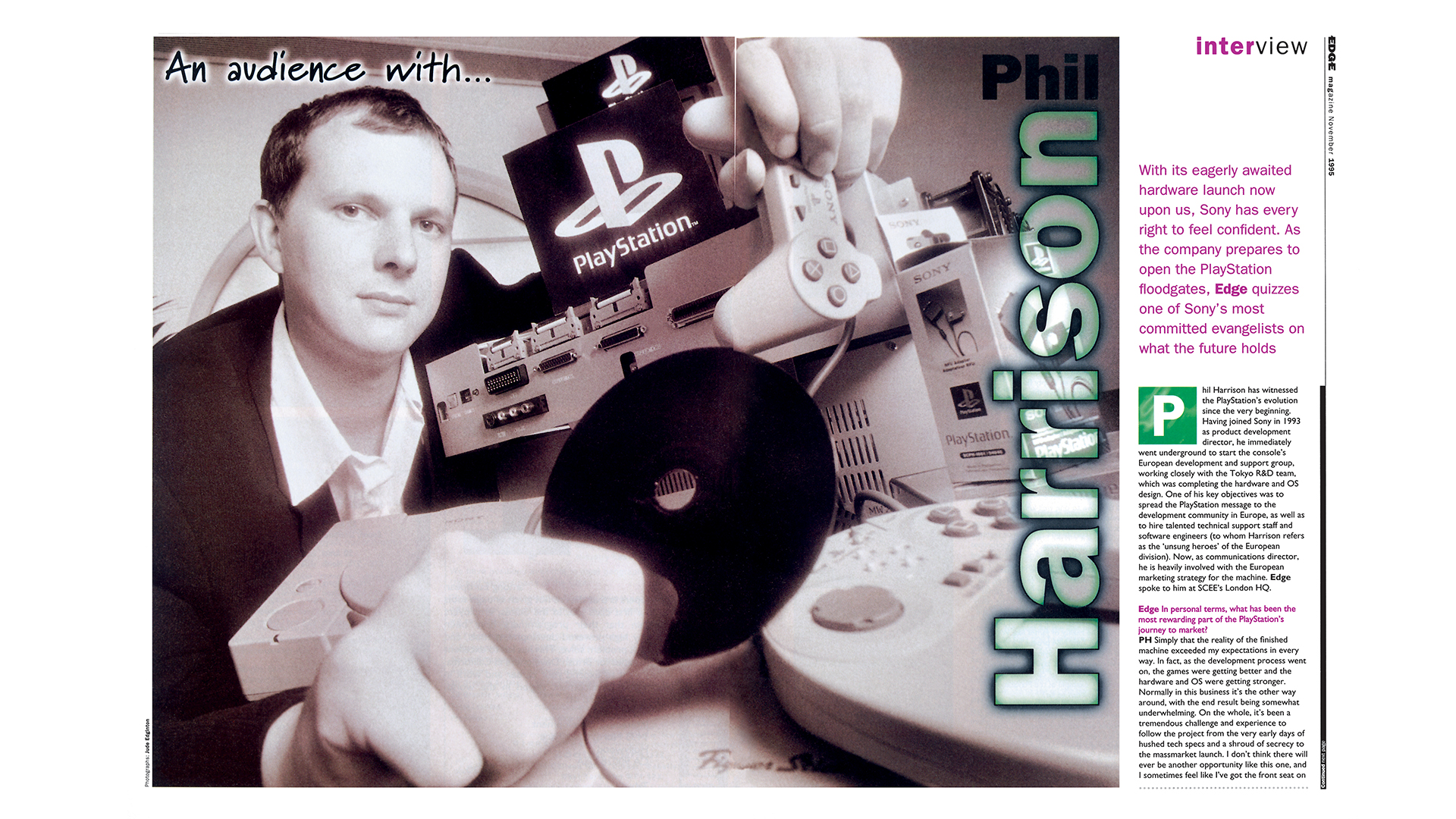
“It was called Computer Entertainment Project Number One. I've never heard if there was a Computer Entertainment Project Number Two. I suspect not.”
Phil Harrison
Phil Harrison, Director of Product Development at Sony Electronic Publishing during the PlayStation launch:
“I joined a matter of weeks after the Nintendo-Sony relationship fell apart, and Ken Kuturagi and a few others were working in the background to put together a plan – a business plan and a technology plan – to enter the market. When I was hired, there was no guarantee that it was ever going to happen, but there was a nod and a wink that this was an area that the company was pretty keen on.
“Interestingly, it was called Computer Entertainment Project Number One. I've never heard if there was a Computer Entertainment Project Number Two – I suspect not – but it always made me laugh that it was given a numerical designation.
“Throughout the early part of ’93, the business plan was put together, and it was in May of ’93 that I was formally disclosed internally on the plan, and saw the prototypes and started working full-time on the project. In December of ’93, we held our first developer and publisher conference outside of Japan for, at the time, UK and European-based game developers and publishers. And then we did the same thing in the US a little bit later. But that's what really started the evangelism, if you will.
“The formation of Sony Computer Entertainment is very important because it was actually a merger between two different bits of Sony. It was Sony Electronics, the traditional hardware- and engineering-focused company, which had the physical manufacturing capabilities, and it was co-owned by Sony Music Entertainment Japan, which was the record company. Inside was an embryonic game development and publishing organization, a lot of marketing, and a lot of what the music industry calls A&R – the way you create successful relationships with artists. And so those two cultures were at the heart of how Sony Computer Entertainment was formed.
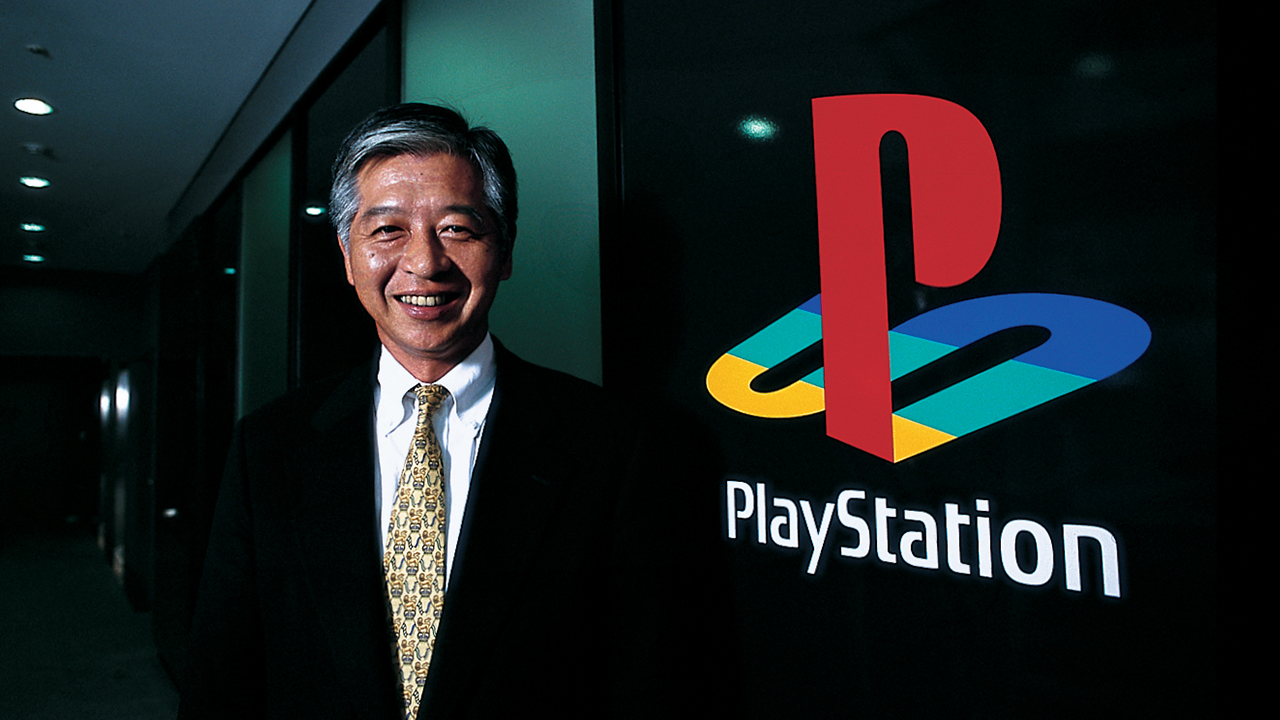
"The whole strategy is really down to a guy called Terry Tokunaka, and he understood the importance of the developer-publisher ecosystem, even though he knew nothing about the games industry."
Phil Harrison
“The whole strategy is really down to a guy called Terry Tokunaka, and he understood the importance of the developer-publisher ecosystem, even though he knew nothing about the games industry. He spent a lot of time listening and talking and understanding the needs of the developers and publishers. And he had this really wise statement, which was: ‘If you are the creative choice of the developers and the business choice of the publishers, then you have a chance of success. But you can't be successful without both’. Technologically, PlayStation was very advanced, so that got the creative juices running for the developers. And the move from cartridge to CD meant that the distribution and manufacturing of games was significantly helping the economics for the publishers.
“We were absolutely the challenger. We were going up against incumbents of Sega and Nintendo – the market was completely dominated by them. Sega had the arcade heritage, which meant by any standard a fantastic line of games. Nintendo obviously had first-party studios that were world-class, and Sega was launching the Saturn, which was also a CD-based console – perhaps not quite as developer-friendly as the PlayStation, but still a very, very powerful machine. So it was not by any means a slam dunk, and we approached it very much as a challenger.
“The launch of PlayStation was in Japan on December 3rd, 1994. It got off to a good start, but by no means a dominant position out of the gate. And it was in the middle of 1995 that two things happened: the E3 show took place in LA, where we announced the pricing and entrance into the US and European markets, but just prior was the announcement that Square was bringing Final Fantasy VII to the PlayStation. That was a huge factor in the success of PlayStation in Japan.
[At Sony’s press conference at E3 in the summer of 1995, PlayStation US chief Steve Race created a huge stir by walking to the podium, putting down his notes, saying “299”, then leaving immediately.]
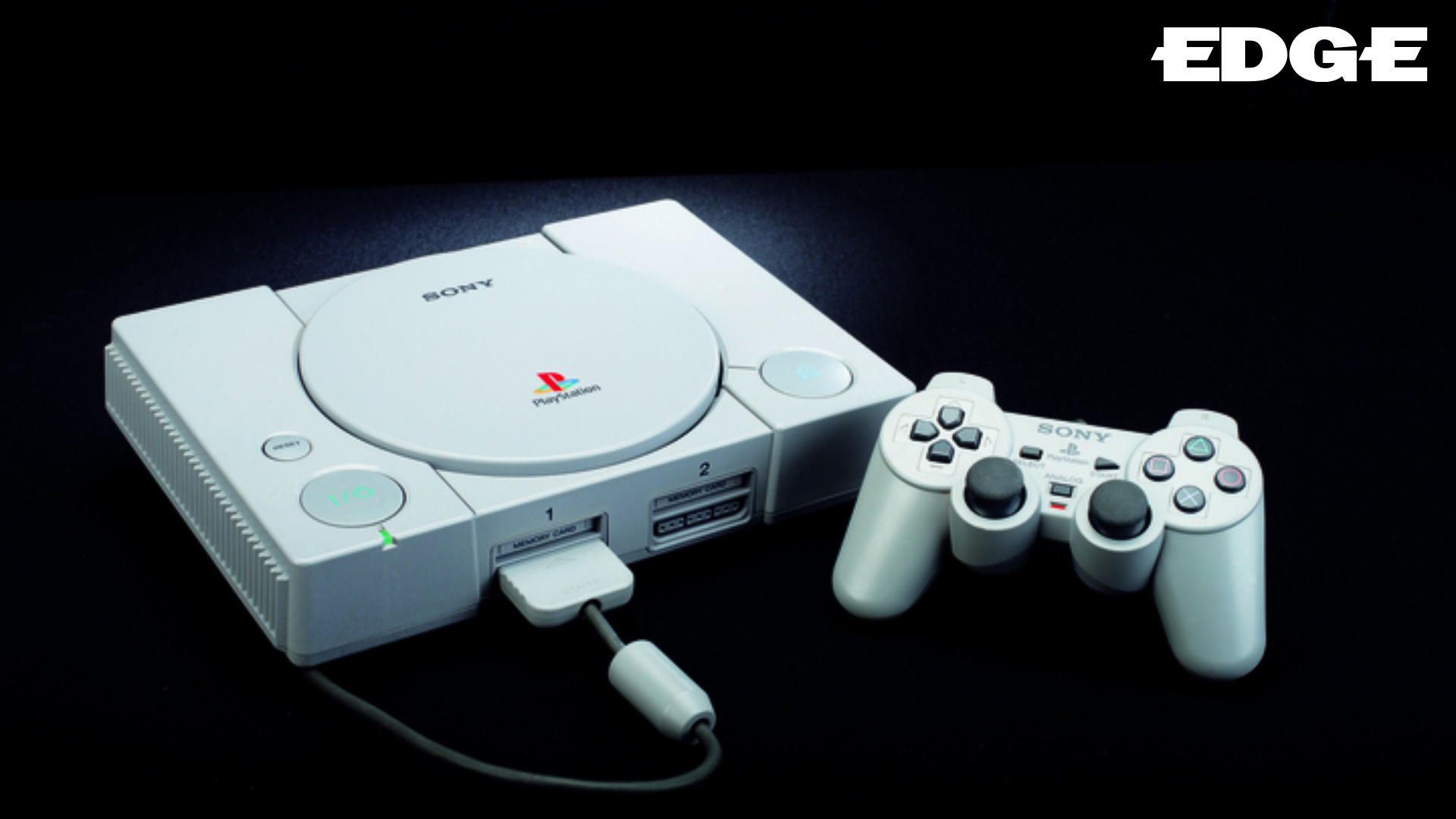
Edge Magazine details the making of the PlayStation, a console that redefined the game industry. Click the link to find out how this one question sparked an industry revolution: "Are you going to sit back and accept what Nintendo did to us?"
“That is accurate. It was the opening event of E3, but the real discussion took place the night before in a hotel room where we all sat around and planned what the price was going to be. It involved a lot of very, very last-minute and very... I don't think some of our Japanese colleagues slept that night. I think they spent most of the time on the phone and sending faxes back and forth with Tokyo, just to make sure that it was possible to do what we were planning.
“But [the $299 price] was an aggressive move. We could see from the rates of sale in Japan that the market acceptance was good. And we had confidence in the future ability to satisfy demand. And we knew that if we could have an aggressive price, that that would set us up well for the launch in the US and in Europe.
“Often it's slightly misunderstood that console companies always make a loss on the hardware. That is not true. It is true that when the PlayStation was launched in Japan at ¥39,800, the equivalent of $400, we were losing money on every single machine, mainly because of the sunk R&D costs that had gone into its design and development up to that point. However, wind the clock forward a few years, we're selling PlayStations for $99 and we're making money because the machine is now cheap enough to make and has been cost-engineered down to the point where it is a profitable piece of hardware, irrespective of how many games you sell.
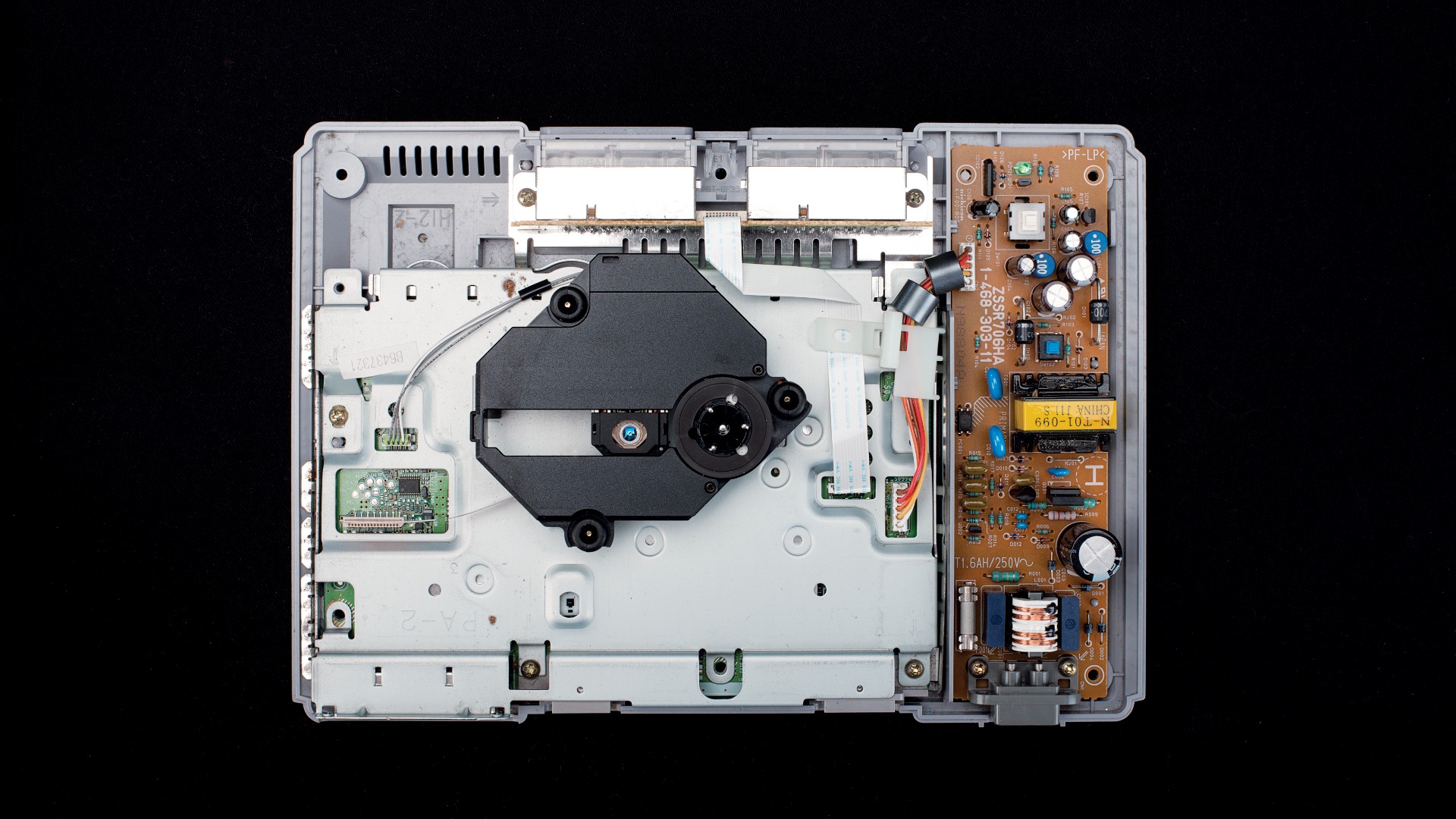
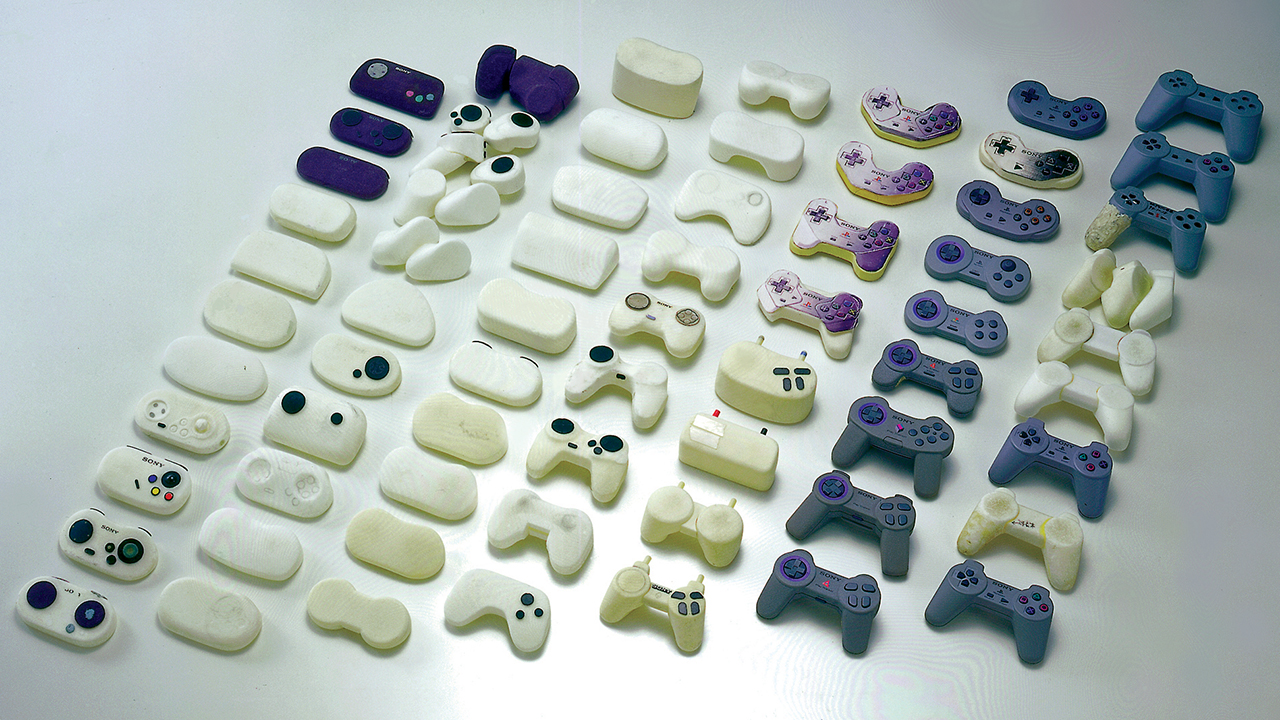
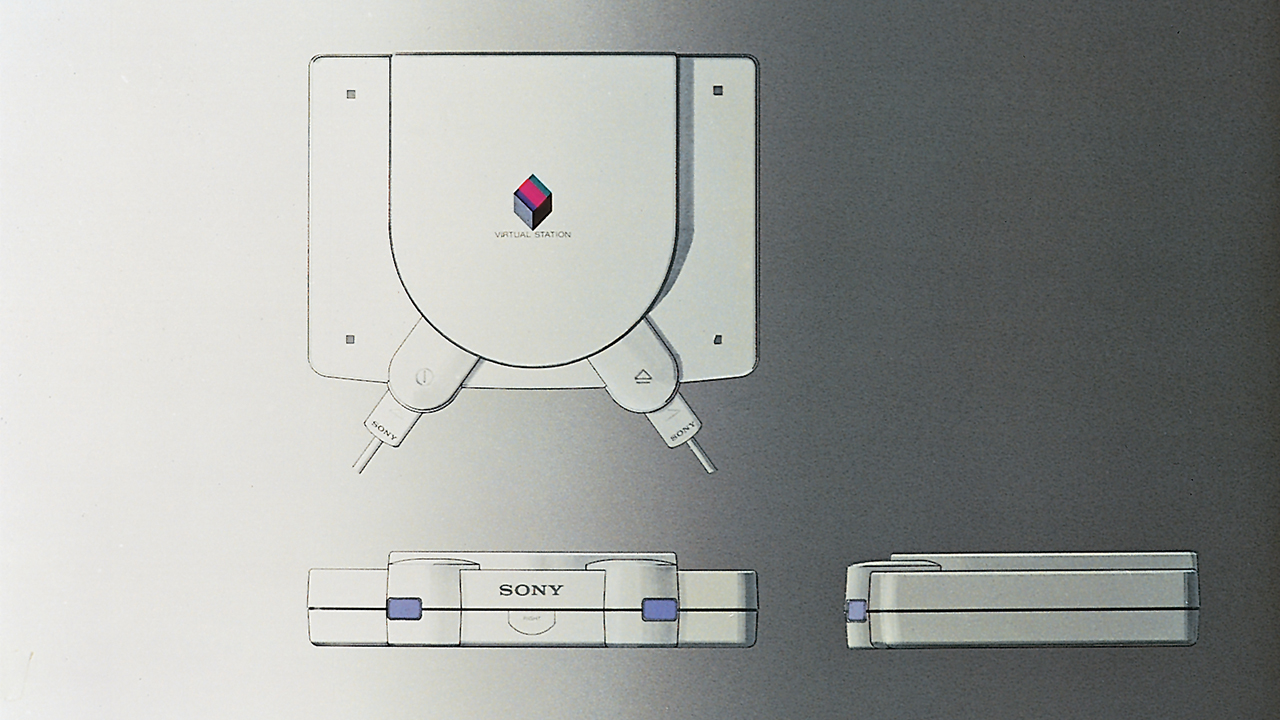
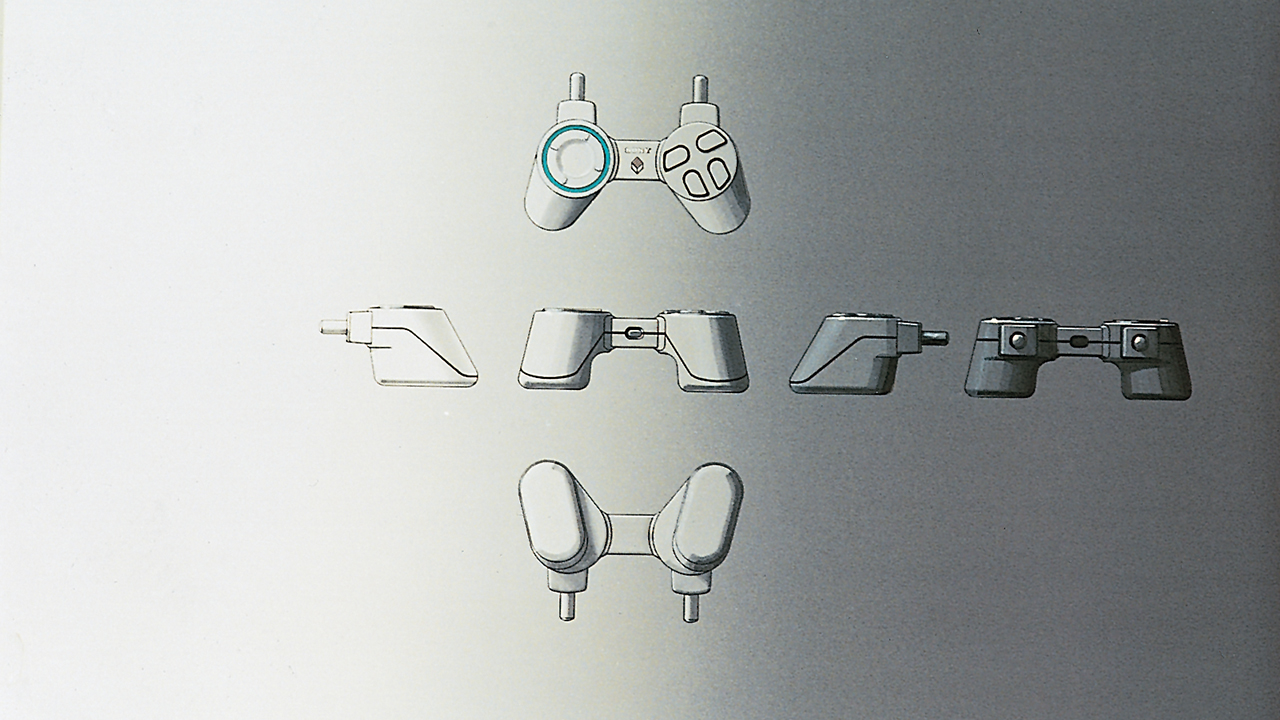
“There were a number of small but cumulative factors that demonstrated that not only was the machine and the games great for their time, [but] they were satisfying the gaming demands of a lot of players. Just that alone was very exciting to see: people loved playing with the product. What we also saw was the way that our marketing came together and really lifted the entire industry from being predominantly a toy category, typically enjoyed by the stereotypical 12-year-old gamer in their spare bedroom. It moved gaming from the spare room to the living room.
“The one thing PlayStation will always be credited with, correctly, is the levelling up of the entire industry from a demographic point of view, and moving it from being a toy business to a full-on entertainment category. And I credit that not just to the machine and the content, but also the way we told the story to the world. That was what kick-started a new generation.”
What happened next?
Following Sony’s introduction to the console hardware market, video-games were never the same. Partly that’s because it had the best timing of any entrant, arriving at the wide-scale generational shift from 2D to 3D. Such technological leaps happen rarely, and PlayStation was at the forefront. Simultaneously, the choice of CD-ROM as a storage medium allowed for a marked increase in audio and production values, paving the way for the likes of Final Fantasy VII.
Though Sega’s Saturn is now considered a failure, it made a strong start against Sony’s machine, in no small part thanks to an exalted arcade heritage. But PlayStation’s focus was signing up third-party support and, as the console gathered momentum, it only became more irresistible to publishers and players alike.
PlayStation may have hosted traditional heavy hitters such as Final Fantasy, but even more important were the likes of Resident Evil and Metal Gear Solid, the former setting a new bar for production values and cinematography, the latter surpassing it and introducing more mature themes (however limited it may look by today’s standards). These were far from the first games to adopt third-person 3D, let alone with mature aims, but they were breakthroughs for the mass market.
If you ever wondered why the commercial console business, which began in the late ’60s, never ‘grew up’ until Playstation, the answer is part technological and part cultural. On the one hand, the move to 3D was everything, not so much gaming’s equivalent of going from black-and-white to technicolor as the establishment of a new medium in many ways. But there is also the positioning and power of Sony itself, a consumer electronics company with a deep well of brand trust earned over many years. And crucially there was the social shift of the ’90s, the teenagers and young adults who’d grown up in a generation equating consoles with Mario confronted now with a gaming brand that pushed outside of the old confines, encapsulating dance music and The Designers Republic – and not, crucially, at the expense of the games themselves.
We take it for granted nowadays that games are for everyone, but to reach this point required a specific shift, and that transformation began in one place. Video-games were always cool, but PlayStation was the point at which the wider world came to realise it.
Edge Presents Game Changers returns tomorrow at 5pm GMT / 1pm EDT and you can subscribe to Edge Magazine for only $2.77 an issue
Edge magazine was launched in 1993 with a mission to dig deep into the inner workings of the international videogame industry, quickly building a reputation for next-level analysis, features, interviews and reviews that holds fast nearly 30 years on.



